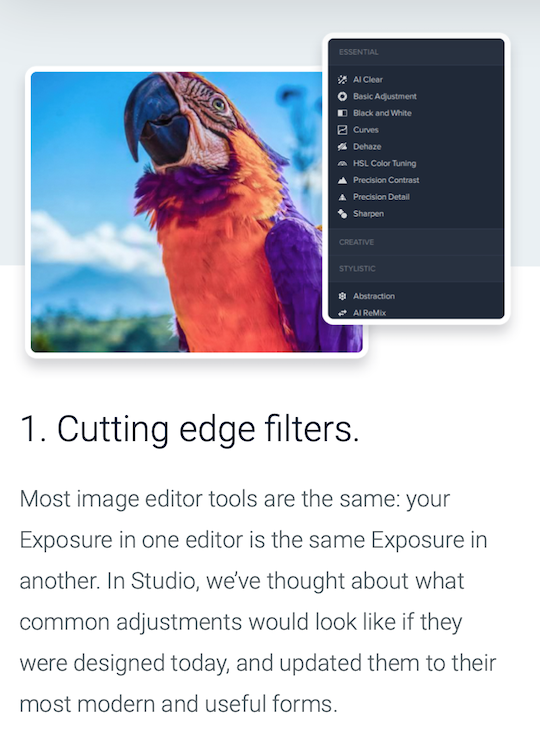
- #Topaz studio 2 does not run full#
- #Topaz studio 2 does not run code#
- #Topaz studio 2 does not run download#
The database provider to use, this will be determined by the database where you want to store this data. You can create a new DbContext with the + button. The Entity Framework DbContext which will manage the read/write operations to the database. You can also create a new class with the + button.

If you select an existing class, the endpoints will be added to that class. The class where the new endpoints should be written to. Scaffolding will generate the API to read/write values for the selected model class. The model class which will be used for scaffolding. The main options are summarized in the table below. For this project, we will use the API with read/write endpoints, using Entity Framework scaffolder.Īfter selecting this option, you will see a new dialog which prompts for you to configure the scaffolding options. On this dialog we will select the type of scaffolder that we want to run and then configure it. Once you invoke this menu item, the scaffolding dialog will appear. To get started with scaffolding, right click on the ASP.NET Core web project, MyRestaurantApi, and select Add > New Scaffolded Item. There are 4 sets of API endpoints that we will need to create.įor each model class we will use scaffolding to handle the hard work of generating the initial API endpoints. Now that we have added these model classes the next step is to use scaffolding in Visual Studio to create the API endpoints and connect the Entity Framework DbContext. These objects represent a set of data that can be used to display a menu to end-users as well as submit Togo orders. For example, below is how the Contact class is defined. The files added are either standard POCO classes or enums.

Represents an order that has been placed. Source file.Įnum that represents the payment method used for the order. Represents the status of the order submitted. Represents an item which has been added a customer order. Source file.Įnum that represents the category for the menu item. Represents a menu item that’s in the restaurant menu. This class will capture represent the customer who is placing the order.

In the table below you’ll see the list of objects to create as well as a link to the source for each file. We will need to add the following classes/enums to the project. Now that the project has been created, the first thing that we want to do is to add some model classes for the objects that we want to expose with our API. The steps for API endpoints and Controller based APIs are the same, just chose the Controller options instead of Endpoints when applicable. For more info on the difference between Controller based APIs and Endpoint APIs, see this doc Choose between controller-based APIs and minimal APIs. In this sample we are using API endpoints instead of Controller based APIs, but you can follow along with Controllers. To follow along this tutorial, create a project named MyRestaurantService with the following options selected in the Additional Information page. In this post we will create an ASP.NET Core Web API for a fictitious take-out restaurant. In Visual Studio 2022 you can create a new project using the New Project dialog. To get started developing a Web API in Visual Studio the first step is to create a new project. Take a look at this video from Mads Kristensen covering some of the new updates that we will cover in this blog post.
#Topaz studio 2 does not run code#
Getting started – creating a new API projectĪll of the code is available for you at sayedihashimi/RestaurantService: Sample ASP.NET Core Web API ().
#Topaz studio 2 does not run full#
In this post we are going to show a full end-to-end for starting with a new project to developing a full Web API.

#Topaz studio 2 does not run download#
Download the latest Visual Studio 2022 Preview


 0 kommentar(er)
0 kommentar(er)
